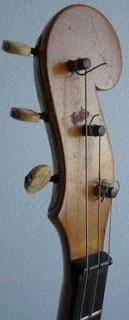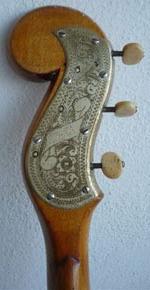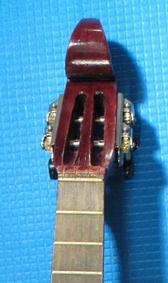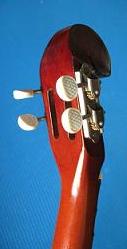|
What is a domra In 1896, a student of Vasily Vasilievich Andreyev found a broken instrument in a stable in rural Russia. It was thought that this instrument may have been an example of a domra, although no illustrations or examples of the traditional domra were known to exist in Russian chronicles. A three-stringed version of this instrument was later redesigned in 1896 and patented. The three-stringed domra uses a tuning in 4ths. Later, a four-stringed version was developed employing a violin tuning by Moscow instrument maker, Liubimov, in 1905. In recent times, scholars have come to the conclusion that the term "domra" actually described a percussive instrument popular in Russia, and that the discovered instrument was either a variant of the balalaika or a mandolin. Today, it is the three-stringed domra that is used almost exclusively in Russia. It is played with a plectrum, and is often used to play the lead melody in Russian balalaika ensembles. The Russian model with 3 strings for solos is usually tuned e1-a1-d2 and the Ukranian model with 4 strings for orchestra is often tuned g-d1-a1-c2, but also GDAE like a mandolin. There are a variety of sizes, which can often be seen as part of balalaika orchestras.
|
||||||||||||||||||||||||||||||||||||||||||||||||||||||||||||||||||||
| The domra in action with an orchestra.... here | ||||||||||||||||||||||||||||||||||||||||||||||||||||||||||||||||||||
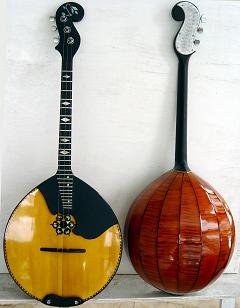 |
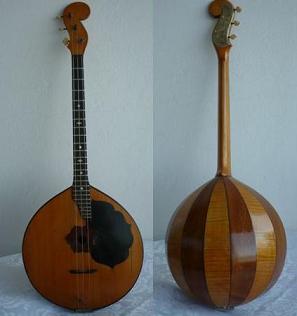 |
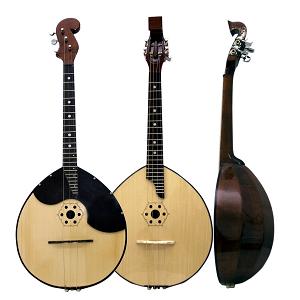 |
||||||||||||||||||||||||||||||||||||||||||||||||||||||||||||||||||
|
|
|
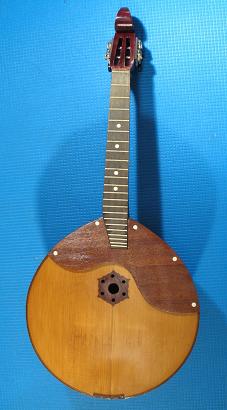
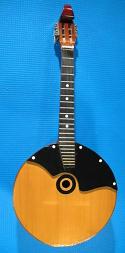
|
||||||||||||||||||||||||||||||||||||||||||||||||||||||||||||||||||
